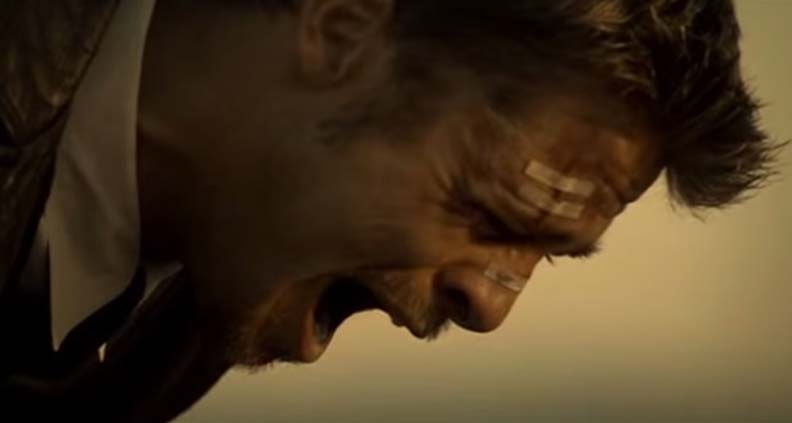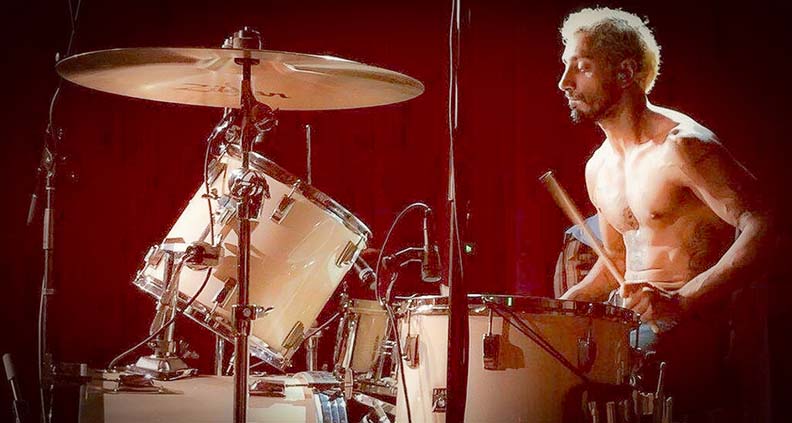In sound world, we aren’t simply creating the literal reality of where a character is currently located; we’re using sound to give a sense of the emotional situation using the naturalistic elements of that location. It’s the process of creating an experience wherein the audience steps into the subjectivity of a character—and to create that, it isn’t always as simple as “see a dog, hear a dog.” The cut is what the audience sees and the sonic-perspective is what they feel. Case in point: take a stressful scene, one where our hero screams out loud from angst and frustration. In an objective version of the sequence, since we would hear the character screaming in real life, then we would naturally think about hearing the scream in the sound mix. But another approach might be to follow the emotion of the character. Sometimes in moments of extreme stress we project energy out and lose focus of our auditory experience. Choosing to not hear the scream creates a very different, but very visceral and internal, experience of that same moment. Another example of this approach is to use the naturalism of our world to highlight a perspective shift that can still feel viscerally subjective, but appear more naturalistic. Imagine a moment where we start on a close-up to a man who starts to have a medical issue. We hear his breathing close to us and feel his growing panic, breath growing more and more labored. Hard cut to a wide shot, showing he’s actually in the middle of a big crowd on a busy street—auditorily all we now hear is the manic bustling of the crowd and whoosh of cars passing by. We can no longer hear him. We see him fall to the ground silently, nobody notices. By having his sound be overwhelmed by the crowd, we create a sense of isolation that mirrors his own. Moments are all contextual. As sound professionals, we choose to highlight them differently based on the story and what perspective we want the audience to adopt, as well as the sonic-perspective that creates the correct feeling in the audience. One way to think more sonically while writing is to try to imagine your scene with as little dialog as possible. You can also talk to your sound designer in pre-production and discuss what’s goes through their head when reading the script—where might sonic cues be helpful to show-not-tell, or where might you be better served by planting the source of a sound onscreen so you are able to establish the world of the script and aren’t solely relying on an offscreen sound source we never see. This isn’t limited to sound design either, it’s also something you could loop your composer and music supervisor into, too. Which all brings us to Bong Joon-ho’s The Host. We put together a video dissecting a key sequence in the film and going through the many ways he uses the cinematic medium to create a dynamic experience that plays with both subjectivity and objectivity. Watch it below:
About the author: Thomas Ouziel is the Supervising Sound Editor at MelodyGun Sound Studios in Hollywood. His credits include the survival film Arctic starring Mads Mikkelsen, Tribeca-winning documentary The Cave of Addelum and the Film Independent Spirit Award nominated Test Pattern. For over 40 years, Film Independent has helped filmmakers get their projects made and seen. The nonprofit organization’s core mission is to champion creative independence in visual storytelling and support a community of artists who embody diversity, innovation and uniqueness of vision. Film Independent Members watch nominees and vote for the winners of the Spirit Awards. To become a Member of Film Independent and make your vote count for next year’s 40th Annual Spirit Awards, just click here. To support our mission with a donation, click here.
Keep up with Film Independent…
Twitter Instagram Facebook YouTube Events Letterboxd Newsletter
(Header: The Host)

